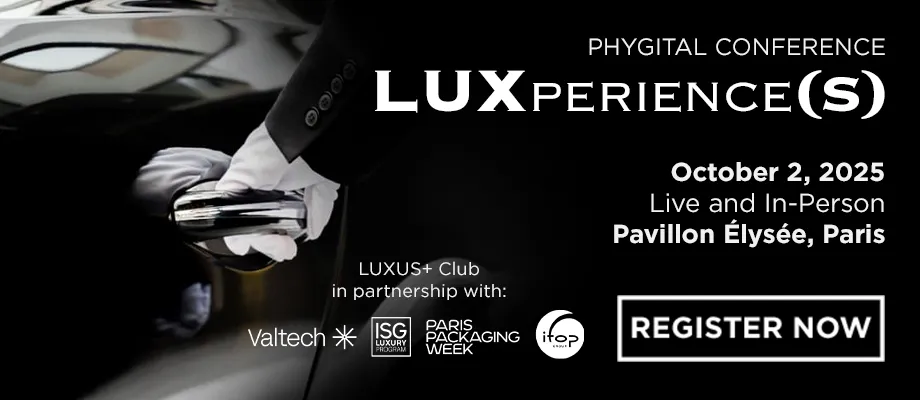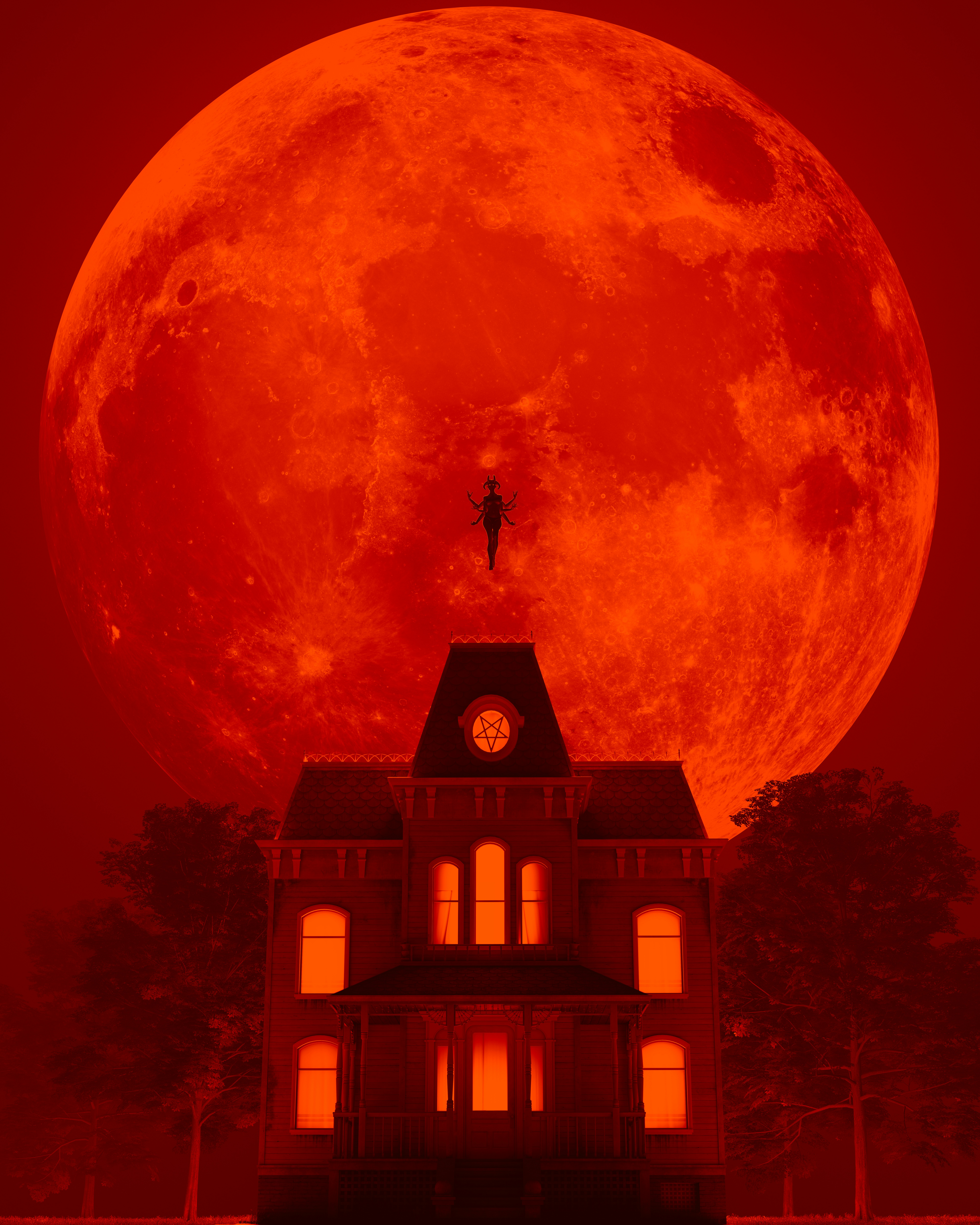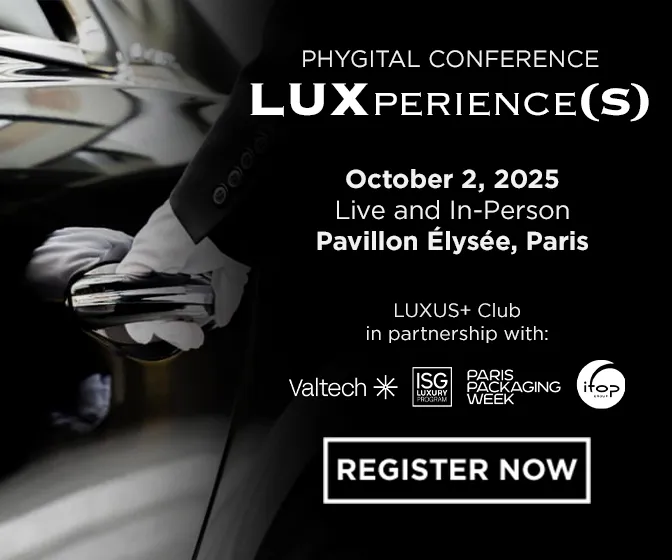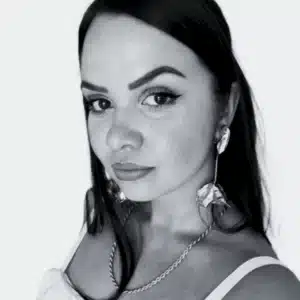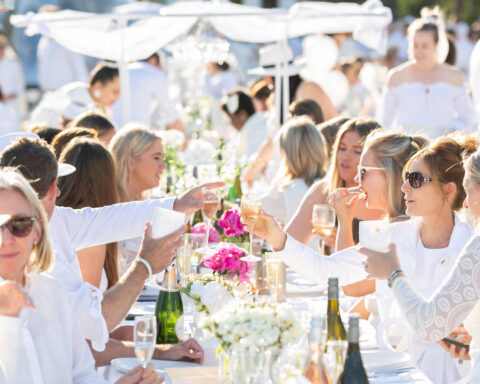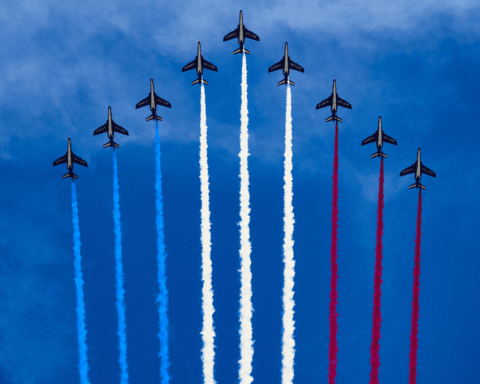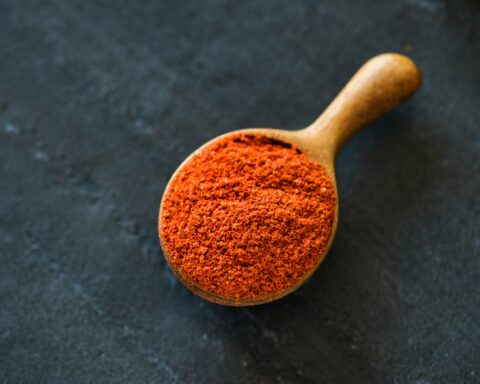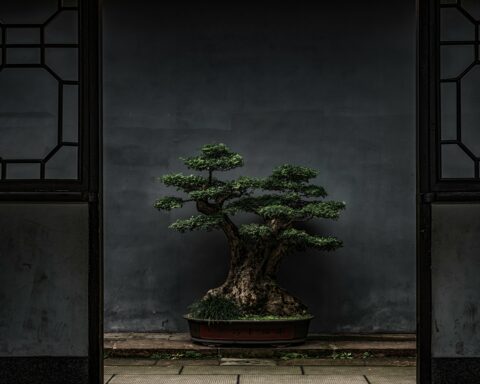For centuries, man has been fascinated by horror, the macabre and the obscure. But telling horror stories hasn’t satisfied our appetite for fright. In the 19th century, an attraction appeared that brought together storytelling and the immersive experience. It was the famous haunted house, which still strikes fear even today during the Halloween period.
The date is 31 October. Scary costumes and horror film marathons punctuate this period of terror. And while the little ones take their pumpkin-shaped buckets to collect sweets in their neighbourhood, the older ones experience Halloween in the attractions. The haunted house is undoubtedly the best known of the parks. And its history goes back a long way. Since the dawn of time, the idea that spirits reside in old family homes has both galvanised and terrified the public.
An attraction to the macabre
While the haunted house is rooted in the imagination for some and reality for others, this phenomenon was materialised in a unique attraction in the 19th century. In 1802, Marie Tussaud exhibited wax sculptures of decapitated French figures such as Robespierre, Louis XVI and Marie-Antoinette in London. These death masks featured in her ‘Chamber of Horrors’ exhibition, which has remained associated with the wax museum ever since.
Horror films encouraged this attraction to fear, such as Le Manoir du diable (1896), which can be considered the first horror film, and La Caverne maudite (1898), Fantômas (1913) and Les Vampires (1915).
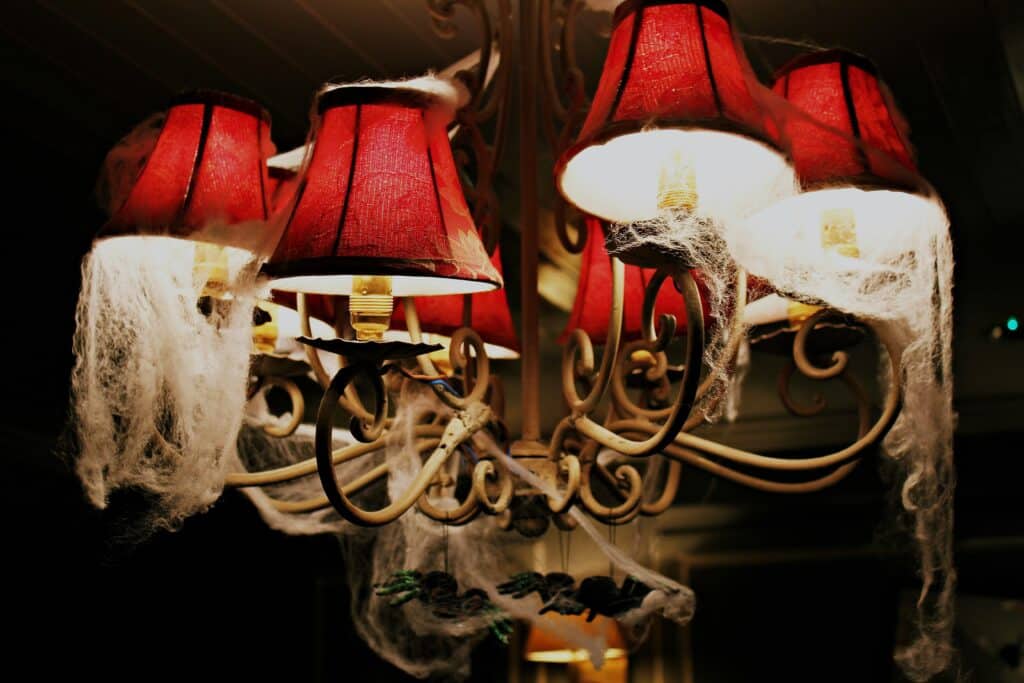
Several theatres began to unveil macabre performances. In 1915, an English funfair inaugurated one of the first ghost houses, a precursor attraction that reinforced people’s desire for horror. It was Orton and Spooner’s Haunted House, which featured a mixture of mechanical devices, sound effects, air jets, eerie lighting and costumed actors to frighten visitors. All the spectators’ senses were heightened.
In the 1920s and 1930s, parks and funfairs incorporated these gloomy attractions, in particular with carriages that transported visitors through dark tunnels around frightening scenes. These were known as dark rides.
The rise of haunted houses during the Great Depression
The haunted house concept really came into being during the Great Depression, which began in 1929. At that time, young people’s pranks were taking on unmanageable proportions for their parents. They redecorated their basements as places of horror to entertain the pranksters, whose mischief degenerated into vandalism, harassment and damage to property. In 1933, youngsters overturned cars and sawed down telephone poles. Black Halloween was born.
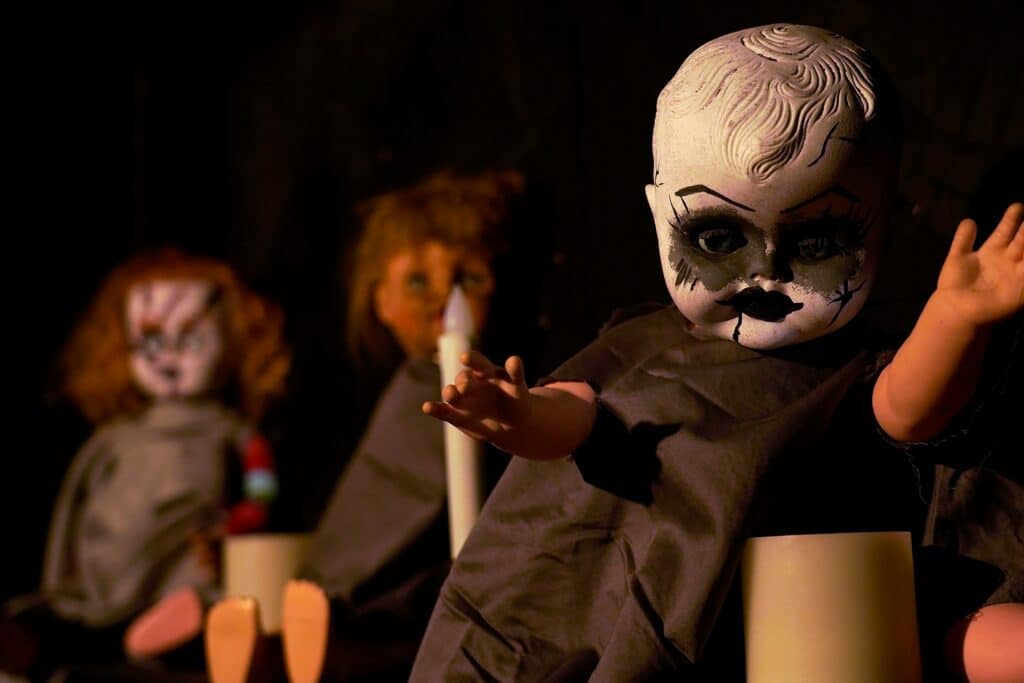
While some towns decided to stop the festival, others chose to organise activities to channel the mischievous. As well as trick-or-treating and costume parades, haunted houses began to become ultra-popular. Larger organisations became involved in the phenomenon, building haunted areas for a fee in order to raise funds.
Increasingly elaborate settings and scenarios
From the mid-twentieth century onwards, attractions began to invade the whole of America. Horror films were increasingly present in cinemas, with emblematic characters such as Dracula, Frankenstein and the Mummy. These characters are at the heart of many attractions.
Disneyland’s Haunted Mansion, which opened in 1969, has cemented the reputation of this type of attraction. The result of almost two decades of thought, this mecca of fear was a rapid success and took the concept up a notch.

In the 70s, the United States Junior Chamber (‘the Jaycees’) became increasingly famous and raised funds through its houses. Knott’s Berry Farm and Liberty University also contributed to the emergence of haunted addresses. New films in the 80s contributed to their development, such as Friday the 13th, Shining, Nightmare on Elm Street, Evil Dead, Halloween and Return of the Living Dead.
Haunted houses became more professional, as a tragedy in a haunted house in New Jersey (a fire killed eight teenagers) put a stop to activities that were insufficiently supervised. Regulations were introduced to increase safety. Voluntary organisations gave way to more structured entities with bigger budgets.
Haunted houses today
Today, haunted houses can be found in every park and funfair, but many still exist independently.
According to Larry Kirchner, president of the Haunted House Association, a trade group for haunted house operators, there were 2,700 in the US in 2016. A large attraction can bring in as much as $3 million during the Halloween season, and the industry is reportedly worth $300 million, according to an NBC report.
New forms of horror have appeared and are renewing the phenomenon. These include the haunted prison of Statesville, the Fear Farm in Pennsylvania and Eloise’s Asylum in Michigan.
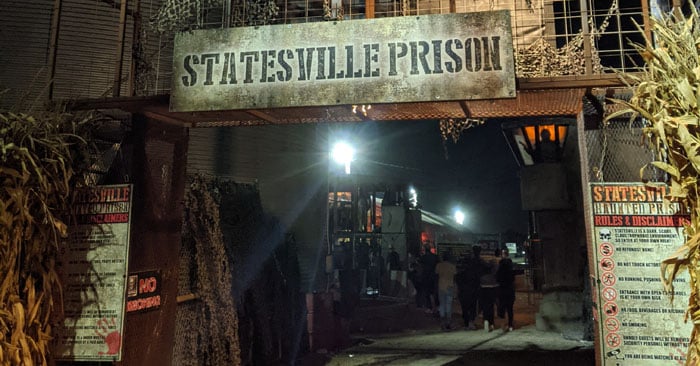
Ever more immersive, aided by technology, these experiences designed to traumatise have a boulevard of possibilities for continuing to exist in the future. Interactive escape games, virtual reality headsets to completely immerse visitors in a horrific scene and personalised tableaux based on individual fears are the future of the traditional haunted house. Not to mention horror tourism, with organised tours of reputedly cursed locations. Horror has not said its last word…
Read also : Burtoncore : the gothic trend is back with a vengeance
Featured photo : © Unsplash

